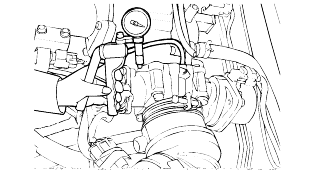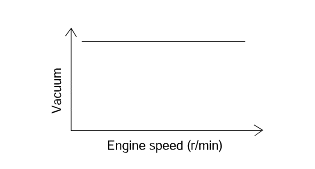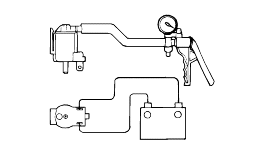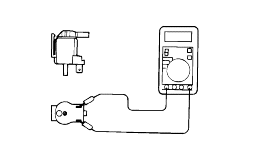Regarding the engine in cold and hot conditions, check the condition of vacuum when a rapid racing has been performed by opening the throttle valvequickly.
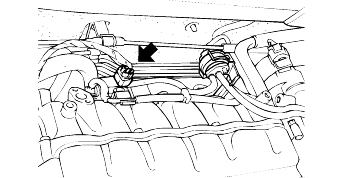
When engine is cold
[Engine coolant temperature : 20°C (68°F) or less]
Throttle valve | Normal vacuum condition |
Open quickly | No vacuum will generate (Remained as barometric pressure). |
When engine is hot
[Engine coolant temperature : 20°C (68°F) or less]
Throttle valve | Normal vacuum condition |
Open quickly | It will momentarily rise over 13 kPa (3.9 in.Hg) |



